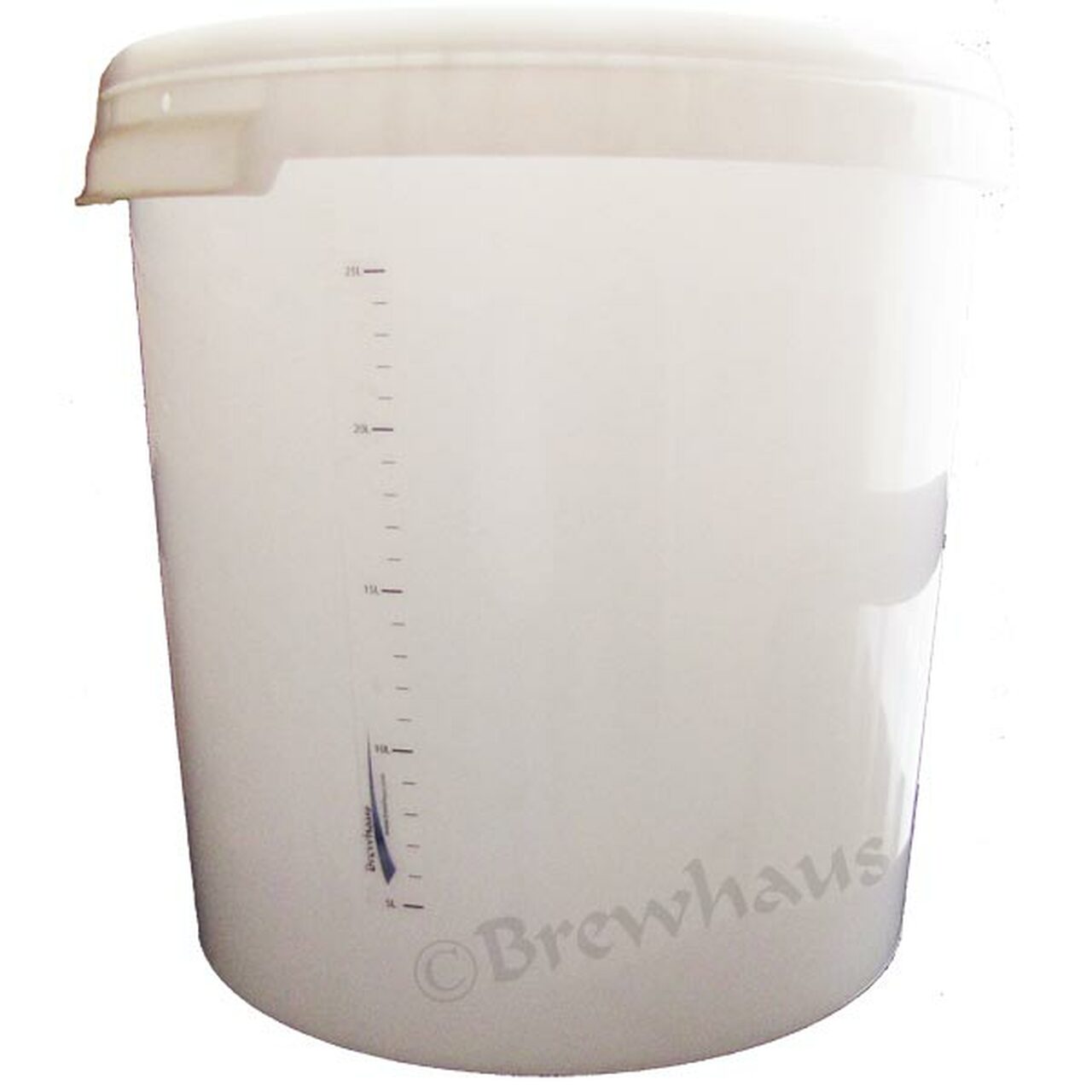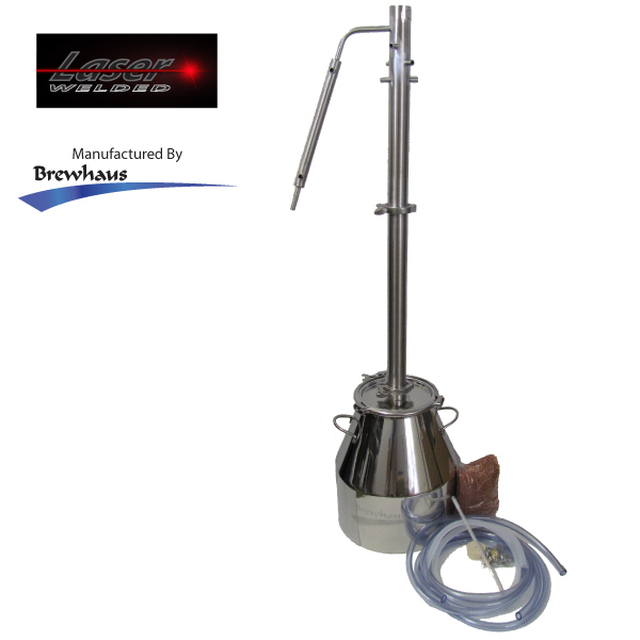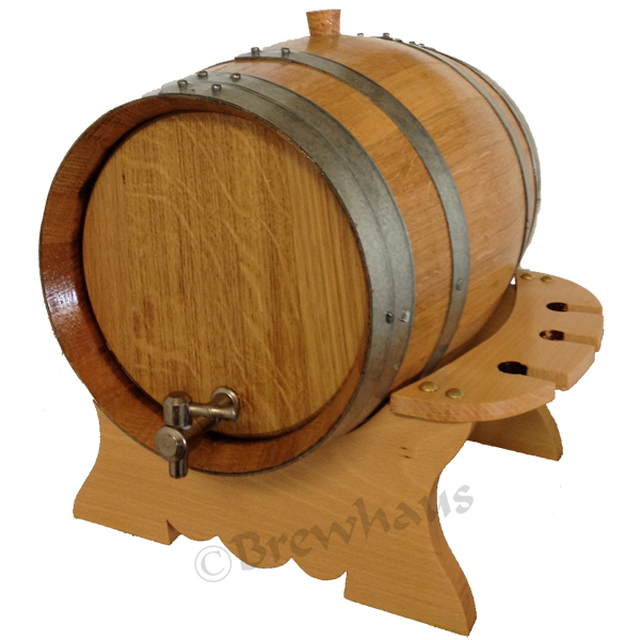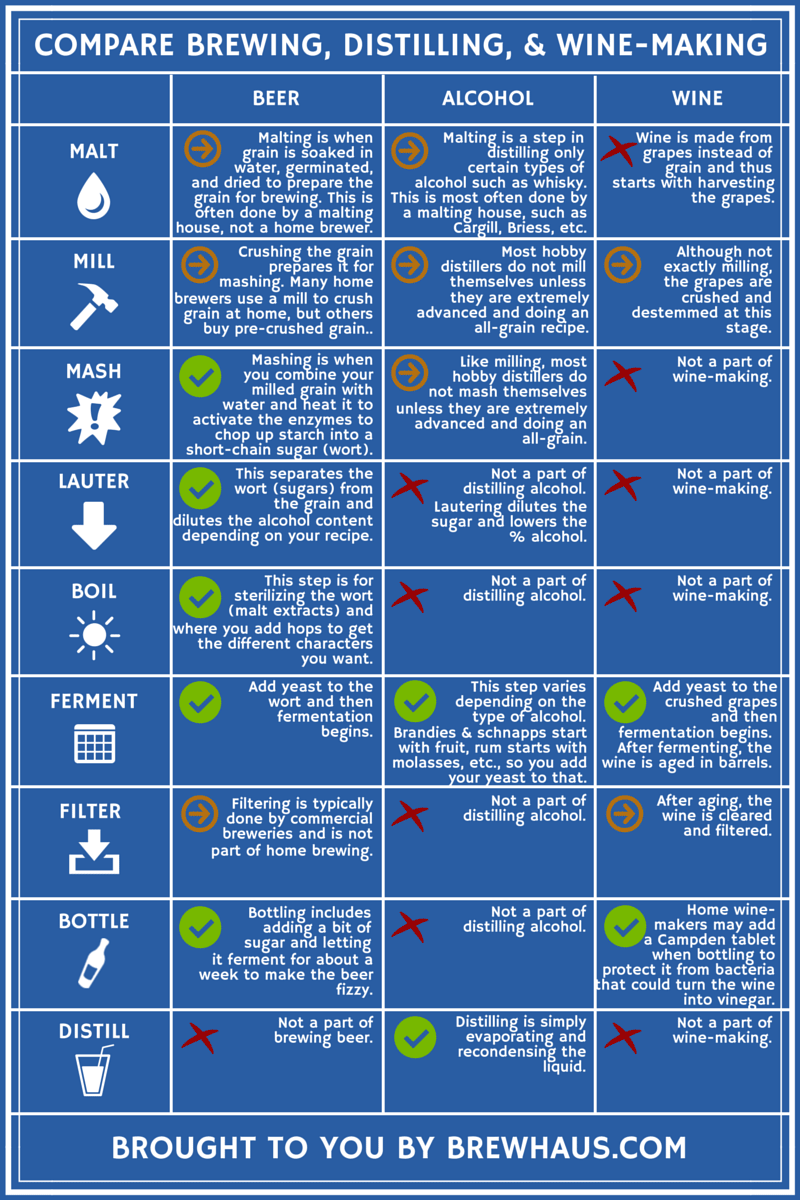Let's Compare Brewing Beer vs Distilling Spirits

Disclaimer: This blog covers the similarities and differences between brewing beer and distilling alcohol, and is intended to be informational only. Distilling alcohol in your home is currently illegal in many countries, so it is important that you are aware of all laws concerning the production of alcohol beverages in your area.
Scroll down for chart with side-by-side comparison.
We are regularly asked by home brewers if making their own spirits—whisky, vodka, rum, etc.—is all that much different or more difficult than making wine or beer. This is a difficult question to answer because distillation of spirits is a process, just as making beer or wine is a process, both made up of several steps. Many of the steps overlap, whether you are brewing beer or distilling whisky, for example. At the same time, both processes have unique steps that are specific to brewing beer, making wine, or distilling spirits. It even comes down to what you are brewing or distilling.
We’ve tried to include the steps taken by the most involved home brewer in the information below. However, most home brewers and wine makers should be able to use this guide to judge for themselves whether distilling spirits is more involved than their current procedures.
Please note that the descriptions below are simplified versions of what takes place at each step, and for ease, have been focused primarily on beer brewing and whisky making.
Malting
Malting is the process where grain, usually barley, is soaked in water, germinated, and dried. Grain is used as the base for both beer and whisky. Although you can technically do your own malting at home, most home brewers will purchase pre-malted grain from a homebrew supply store.
Milling
Milling is a fancy word for crushing the grain. Many home brewers own a grain mill for crushing their grain at home, but most homebrew stores can also crush the grain for a small added charge. So although milling is part of the process in producing both beer and whisky, it is not a step that hobbyists must complete themselves.
Mashing
Yeast (which is part of a later step) isn’t very efficient at breaking down or converting long-chain sugars, and starch is a long chain sugar. Mashing is where you combine your milled/crushed grain with water that’s warm enough to activate the enzymes, which chop up the starches into short-chain sugars. This step is generally only part of all-grain recipes. Often, the home brewer or distiller will purchase malt extract, which is simply a ready-to-go alternative.
Sparging (aka Lautering)
Sparging is a fancy word for rinsing, and is done to separate the sugar from the solids, and also reduces the potential alcohol. In all-grain recipes where the brewer/distiller mashes the grains, like in the previous step, you will rinse the grains. This step is unique to brewing, where you want to reduce your potential alcohol down to something like 5%. However, when you’re making whisky, you are trying to get the potential alcohol as high as possible, so this step is eliminated.
Boiling
This step is again unique to home brewing, but may be done even if you are not using an all-grain recipe. Boiling is used to extract flavors from other ingredients, such as hops, remove proteins that cause chill haze, and a host of other reasons that do not apply to making whisky.
 Fermenting
Fermenting
For simplicity, we are considering simply the mixing of ingredients as part of the fermentation step. Here is where we catch back up to the distilling process, and is the step where alcohol is actually created. Distillation is merely a method of separating compounds by boiling, and then condensing and collecting only those that we want, so we need to make the alcohol first. That is done through fermentation. Aside from all-grain whisky (or all-grain vodka, for that matter), fermentation will actually be the first step in most distilling recipes. So, for those of you who make beer or wine from kits, and will also make your distilled spirits without employing grain, this will be the first step in your process. For example, if you are planning to make rum, you will simply dilute molasses and ferment it, just as making beer from a kit requires you to dilute a can of malt extract and ferment it.
Fermentation is where most problems occur, regardless of whether you are brewing beer or distilling spirits. Fermentation, especially with beer or whisky, is where you have to be extra careful so that you do not end up with an infection, which will spoil your entire batch. To be safe, always sanitize all equipment and utensils used in mixing your ingredients, regardless of the final purpose.
Bottling
This is the final step in brewing beer. At this stage, fermentation is complete, your beer has partially cleared, and you will add a small amount of sugar. You then bottle the beer in appropriate bottles and store them for a week or two while the yeast ferments this bit of sugar, creating the fizz in your beer. In the case of wine, you will stabilize the wine to ensure that no more fermentation takes place, clear, filter, and bottle the wine. This step is not required when distilling spirits.
 Distilling
Distilling
Instead of bottling your beer or wine you will now simply transfer the fermented liquid to your distiller. While optional, it is generally advised to clear the liquid prior to distilling in order to avoid scorching remaining solids or yeast. As noted before, distillation is really just the boiling and re-condensing of a liquid, and that liquid could be water, perfume, essential oils, or alcohol. There are two primary methods of distillation, each used for different purposes. Here is a simplified explanation of the two methods:
1. Pot Distillation
While at first glance this method looks easier than reflux distillation, it can be more involved and touchier than reflux, and requires more practice to obtain the best possible product. But, just like home brewing, hobbyists who wish to become more involved in the process often select pot distilling. This method of distillation is most commonly used for flavored spirits, such as whisky, brandy, schnapps, etc. It requires you to control what parts of the distillate to collect or discard based on temperature, smell, taste… and experience.
2. Reflux Distillation
Reflux distilling is the most commonly used method among new distillers. Just like kit brewing, it is the simplest to learn and get right, and allows you to become comfortable with the overall process. Reflux is most commonly used for distilling neutral spirits (vodka), some rum, and in more advanced procedures and equipment, gin. Most of the guesswork is removed, as you aim to collect a single component- ethanol (alcohol). This will be diluted with water, and can be used as-is for vodka, or you can add flavoring to create anything under the sun.
 Aging
Aging
By aging we do not simply mean setting the product aside and waiting, but actually aging in oak barrels, or in containers with oak, other wood, fruit, etc., in order to alter the character of the finished product. This can take a varying amount of time, and is generally only done for certain types of distilled spirits, such as whisky, and for wine. It is not part of the home brewing process.
Conclusion
To review, a typical all-grain brewer will go through about 5 steps to craft their beer (mashing, lautering, boiling, fermenting, bottling), whereas an all-grain distiller will only go through 3 (mashing, fermenting, distilling). Kit brewers will go through only 2 (fermentation, bottling), which is the same number of steps needed for a similar distiller (fermentation, distillation). Given the overlap in the steps, I would think that most home brewers could easily learn how to distill. In the case of alcohol, you are working with a flammable product, so extra precautions must be employed, but most people that can safely work a stove or oven should be able to safely operate a distillation unit as well. There seems to be a stigma surrounding distilling, that it is either dangerous or very difficult to do, but it’s really not much more complicated that brewing beer.









Comments